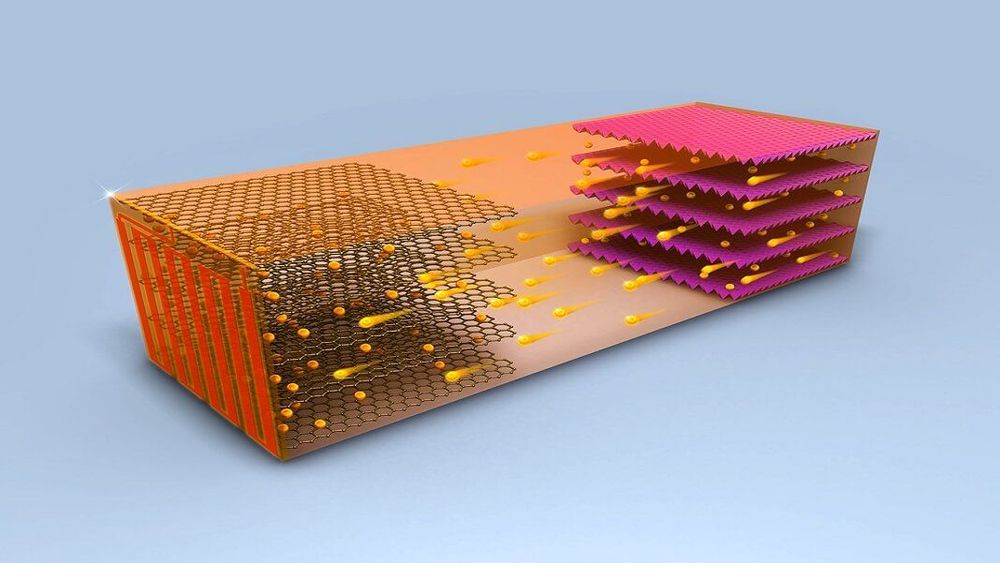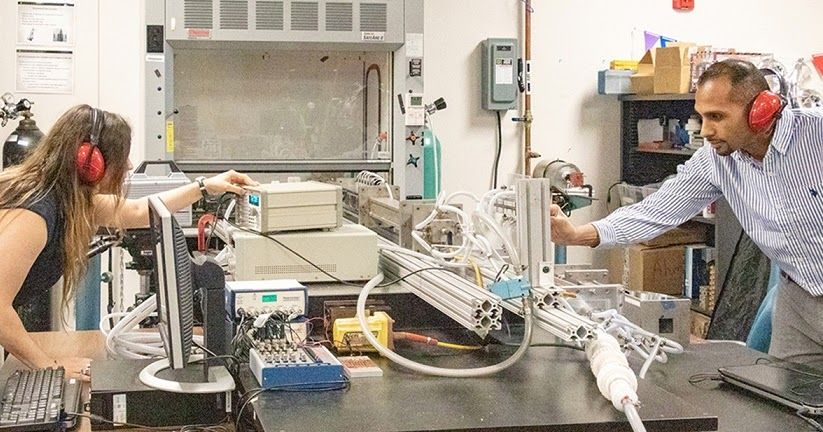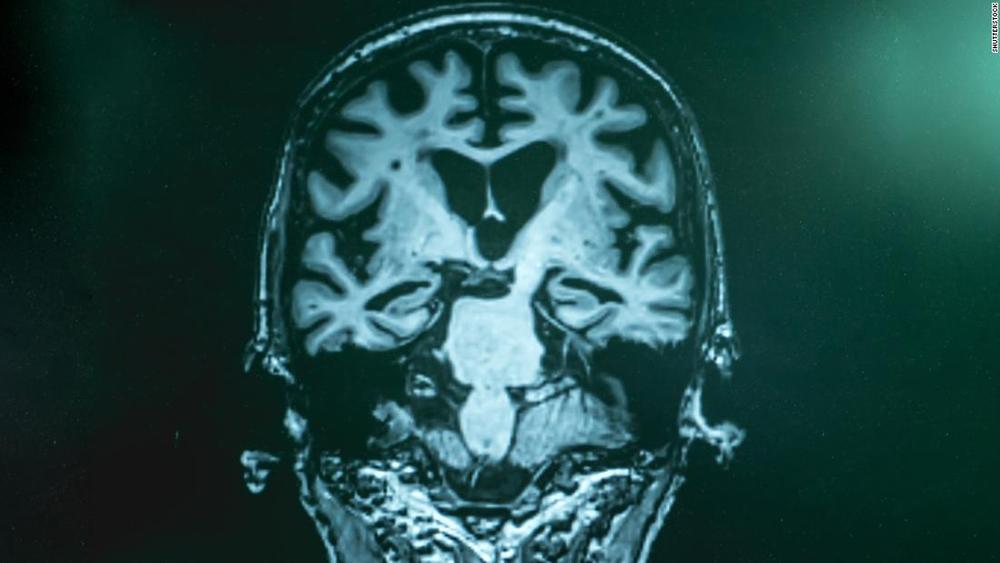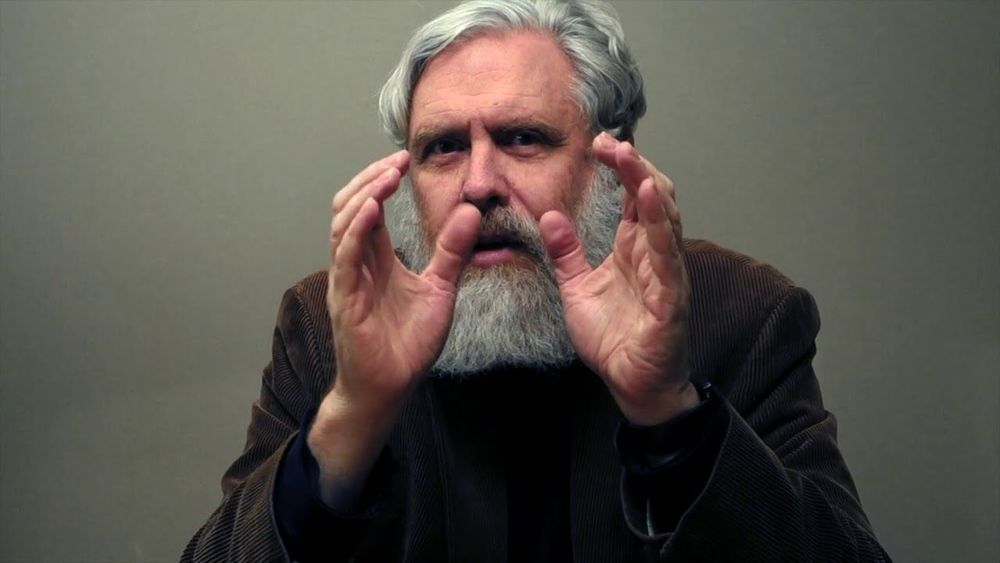Nov 4, 2019
New Battery Lets Electric Cars Go 200 Miles on a 10-Minute Charge
Posted by Omuterema Akhahenda in categories: energy, sustainability, transportation
While some high – end electric vehicles ( like the most expensive Teslas ) are starting to approach those kinds of ranges, it still takes around 50 minutes for a full charge using the most powerful superchargers available. That’s a long time to hang around if you’re doing a cross-country trip that requires multiple pit stops.
The result is range anxiety, where people worry about running out of juice and facing delays due to the long time it takes to recharge their car s. There are two ways to tackle the problem: building higher-capacity batteries or charging existing ones faster.
Bigger batteries are a tricky problem, because vehicles face a balancing act between weight an d capacity. After a certain point the extra weight of batteries cancels out the boost in power they provide. There’s plenty of work into batteries with better energy density—how much charge they can hold for a specific weight—but there aren’t any major breakthroughs on the horizon.


















